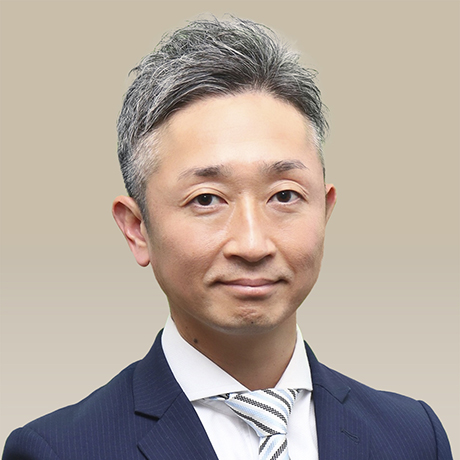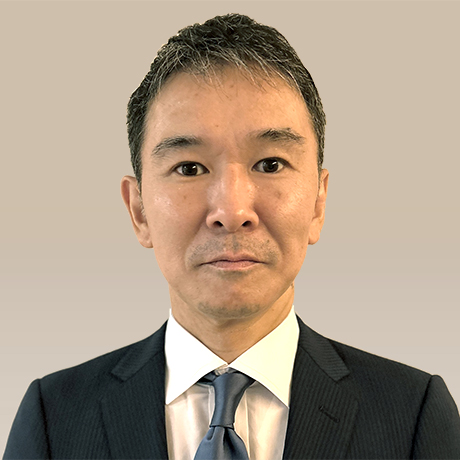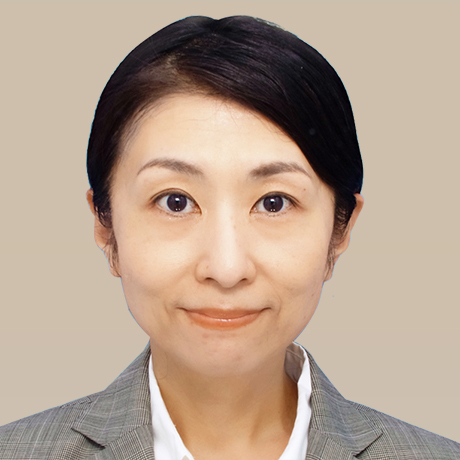ABeam Consulting has published a white paper titled “Sustainable IT Operations and Maintenance – The Key to Business Stability and Growth.”
This report explores the current state and challenges of IT operations and maintenance initiatives at leading Japanese global companies, and offers recommendations for what organizations should aim for in this domain.
The political, economic, and social environment is rapidly changing due to factors such as the spread of COVID-19, inflation and the depreciation of the yen, global fragmentation and rising tensions, and a declining population caused by falling birth rates and an aging society. As a result, the role of corporate IT departments is also evolving. IT departments are now required to maintain increasingly complex and advanced systems in a stable manner, driven by technological advancements.
Focusing on IT operations and maintenance, ABeam Consulting conducted surveys and interviews with CIOs and department heads at 15 major Japanese global companies with annual revenues exceeding 100 billion yen. The study examined their initiatives, the impacts of those efforts, and the challenges they face.








